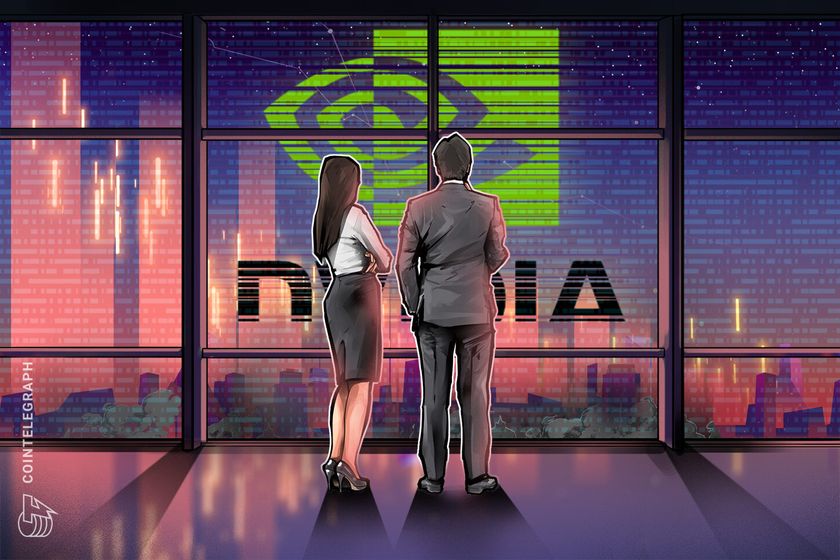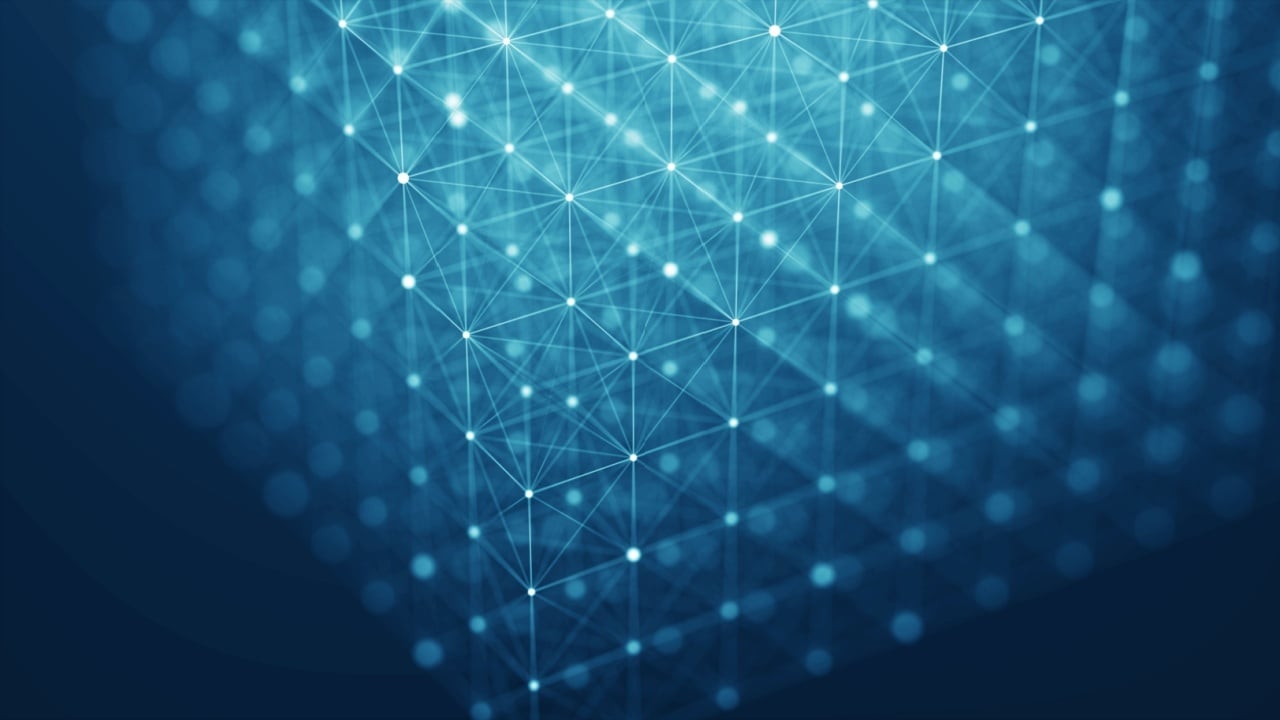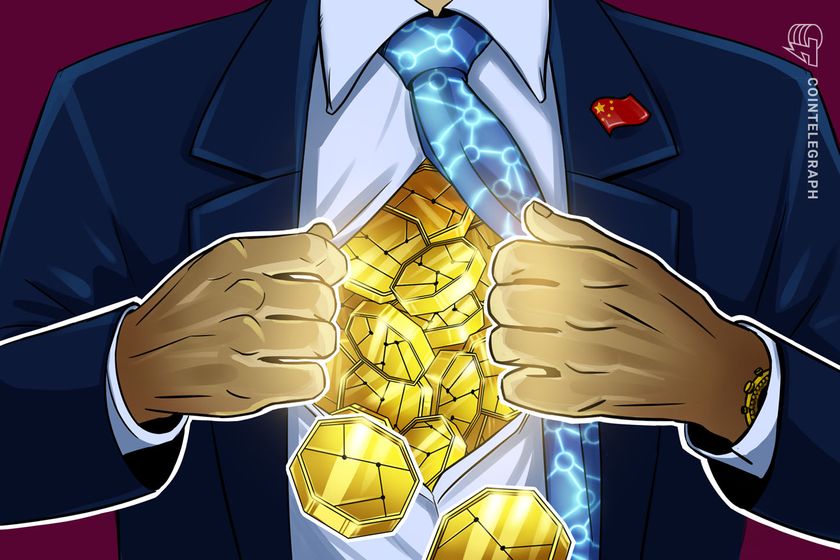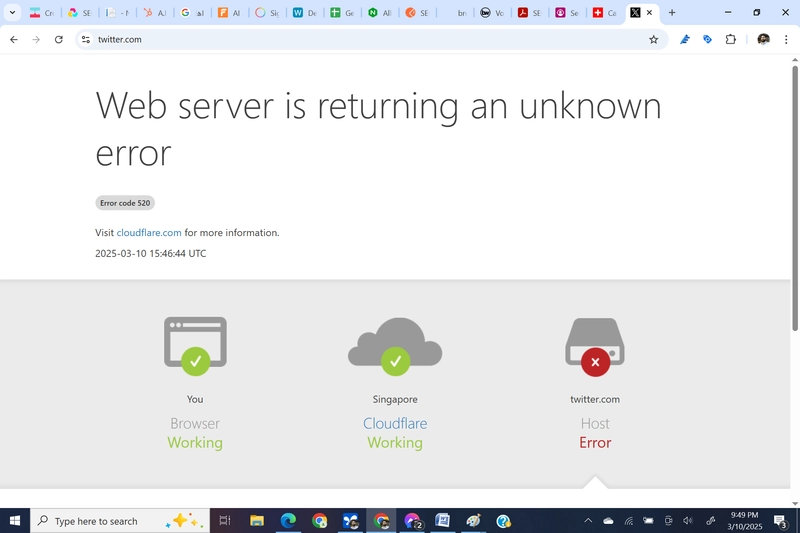What Is The Ship Of Theseus In Software Development?
The Ship Of Theseus is a famous thought experiment from ancient philosophy associated with Plutarch, a greek historian. It questions the nature of identity and change. The Story of the Ship Of Theseus: Theseus, a hero in Greek mythology, had a ship that was kept in a harbor as a monument to his memory. Over time, the ship started to rot and fall apart. The people of Athens began replacing the damaged parts with new ones. And as the years went by, every single part of the ship was replaced. The question is: Is it still the same ship, even if it looks the same, when every part has been replaced? This paradox is still discussed today in different fields, including technology. In this article, we’ll explore how this paradox applies to software development. The Theseus's Paradox in Software Development In software development, this paradox is often used to question whether an application or system remains the same after all of its code has been gradually rewritten or replaced. Just like the people of Athens replaced the old parts of the ship with new ones, software developers upgrade or rewrite parts of a system or application. Over time, the software may look and function very differently, yet it is often still considered the same by the end users – because it serves the same purpose. For example: Say you have a favorite café where you always order a latte. Over the years the café makes a few changes: They start using a different espresso machine. Later, they replace the cups. Eventually, they hire new baristas. To you, it's still the same café and the same latte – because the purpose hasn't changed: to serve you a coffee. Conclusion: In software development — for example, when building an application — the process and components, such as source code, libraries, frameworks, and even programming languages, often change and improve over time. The end users, however, experience the software the same way, because the UI aspects and purpose remain unchanged. They don't see what's happening behind the scenes. But for developers, it can feel like a different software.
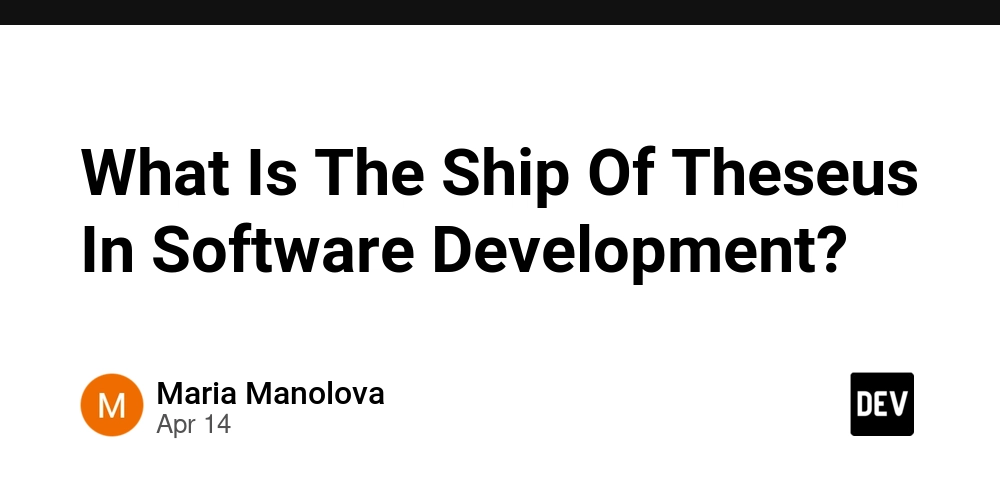
The Ship Of Theseus is a famous thought experiment from ancient philosophy associated with Plutarch, a greek historian. It questions the nature of identity and change.
The Story of the Ship Of Theseus:
Theseus, a hero in Greek mythology, had a ship that was kept in a harbor as a monument to his memory. Over time, the ship started to rot and fall apart. The people of Athens began replacing the damaged parts with new ones. And as the years went by, every single part of the ship was replaced.
The question is:
Is it still the same ship, even if it looks the same, when every part has been replaced?
This paradox is still discussed today in different fields, including technology. In this article, we’ll explore how this paradox applies to software development.
The Theseus's Paradox in Software Development
In software development, this paradox is often used to question whether an application or system remains the same after all of its code has been gradually rewritten or replaced.
Just like the people of Athens replaced the old parts of the ship with new ones, software developers upgrade or rewrite parts of a system or application. Over time, the software may look and function very differently, yet it is often still considered the same by the end users – because it serves the same purpose.
For example:
Say you have a favorite café where you always order a latte. Over the years the café makes a few changes:
They start using a different espresso machine.
Later, they replace the cups.
Eventually, they hire new baristas.
To you, it's still the same café and the same latte – because the purpose hasn't changed: to serve you a coffee.
Conclusion:
In software development — for example, when building an application — the process and components, such as source code, libraries, frameworks, and even programming languages, often change and improve over time. The end users, however, experience the software the same way, because the UI aspects and purpose remain unchanged. They don't see what's happening behind the scenes. But for developers, it can feel like a different software.










































































































































































![[The AI Show Episode 144]: ChatGPT’s New Memory, Shopify CEO’s Leaked “AI First” Memo, Google Cloud Next Releases, o3 and o4-mini Coming Soon & Llama 4’s Rocky Launch](https://www.marketingaiinstitute.com/hubfs/ep%20144%20cover.png)














































































































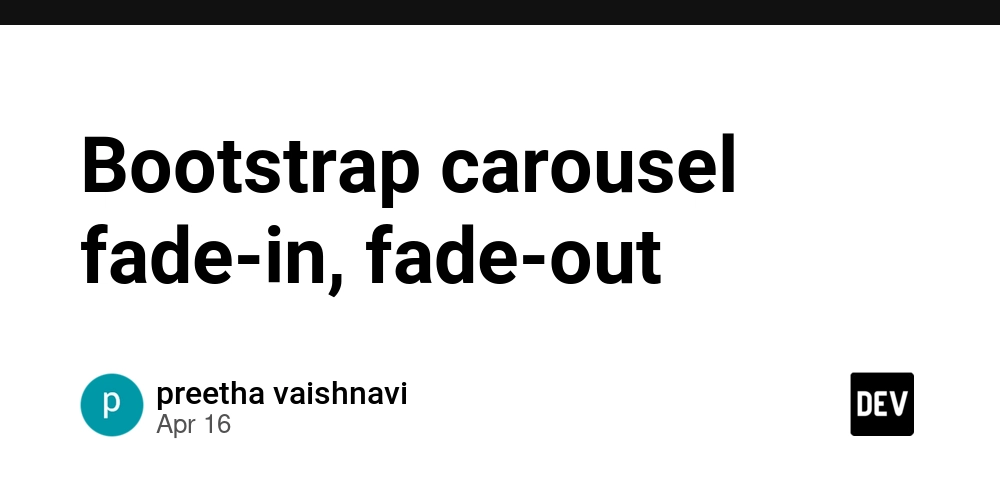























































































![Blue Archive tier list [April 2025]](https://media.pocketgamer.com/artwork/na-33404-1636469504/blue-archive-screenshot-2.jpg?#)
































.png?#)









-Baldur’s-Gate-3-The-Final-Patch---An-Animated-Short-00-03-43.png?width=1920&height=1920&fit=bounds&quality=70&format=jpg&auto=webp#)














































































































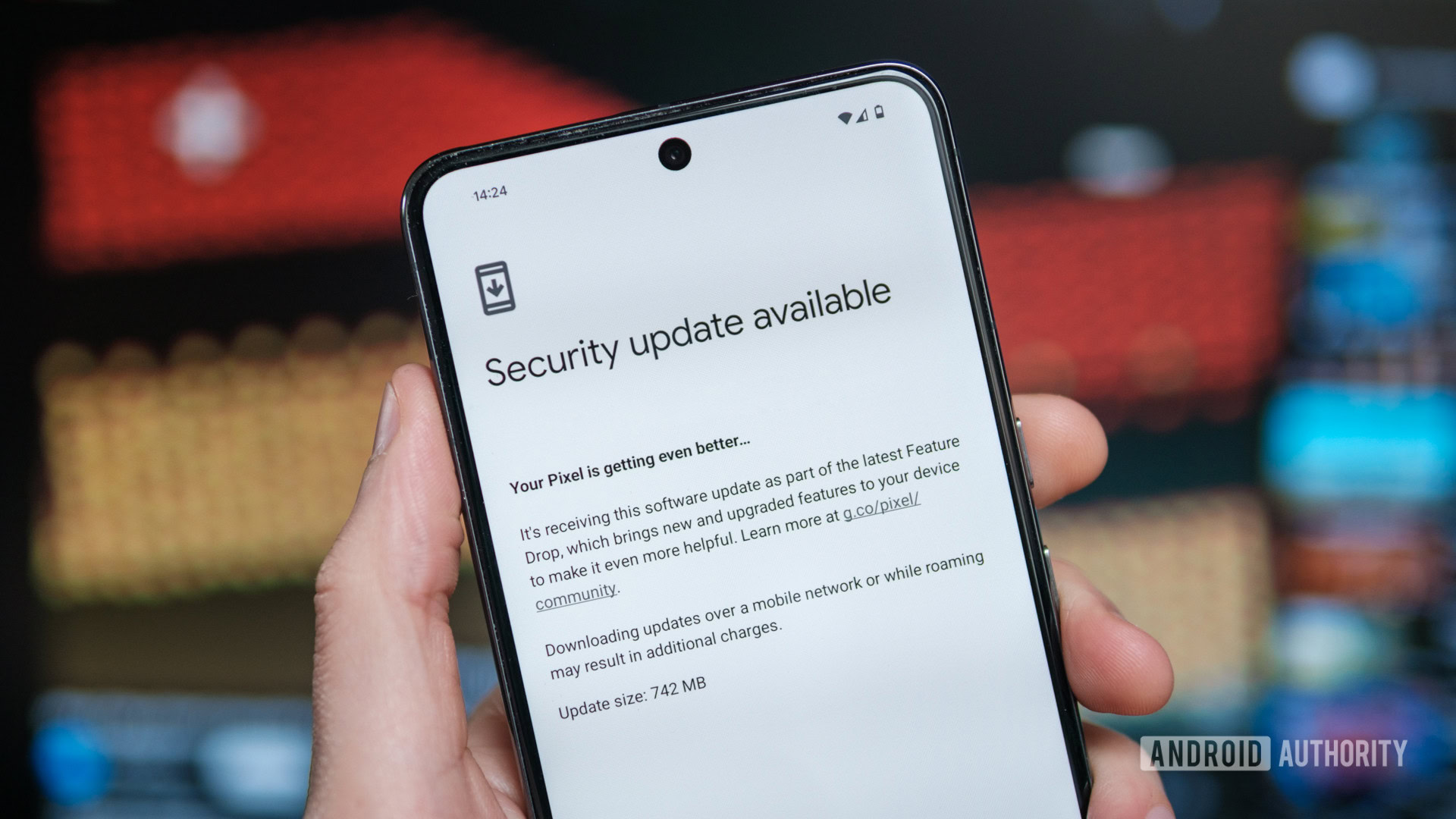





















![Apple to Split Enterprise and Western Europe Roles as VP Exits [Report]](https://www.iclarified.com/images/news/97032/97032/97032-640.jpg)
![Nanoleaf Announces New Pegboard Desk Dock With Dual-Sided Lighting [Video]](https://www.iclarified.com/images/news/97030/97030/97030-640.jpg)

![Apple's Foldable iPhone May Cost Between $2100 and $2300 [Rumor]](https://www.iclarified.com/images/news/97028/97028/97028-640.jpg)



































































































